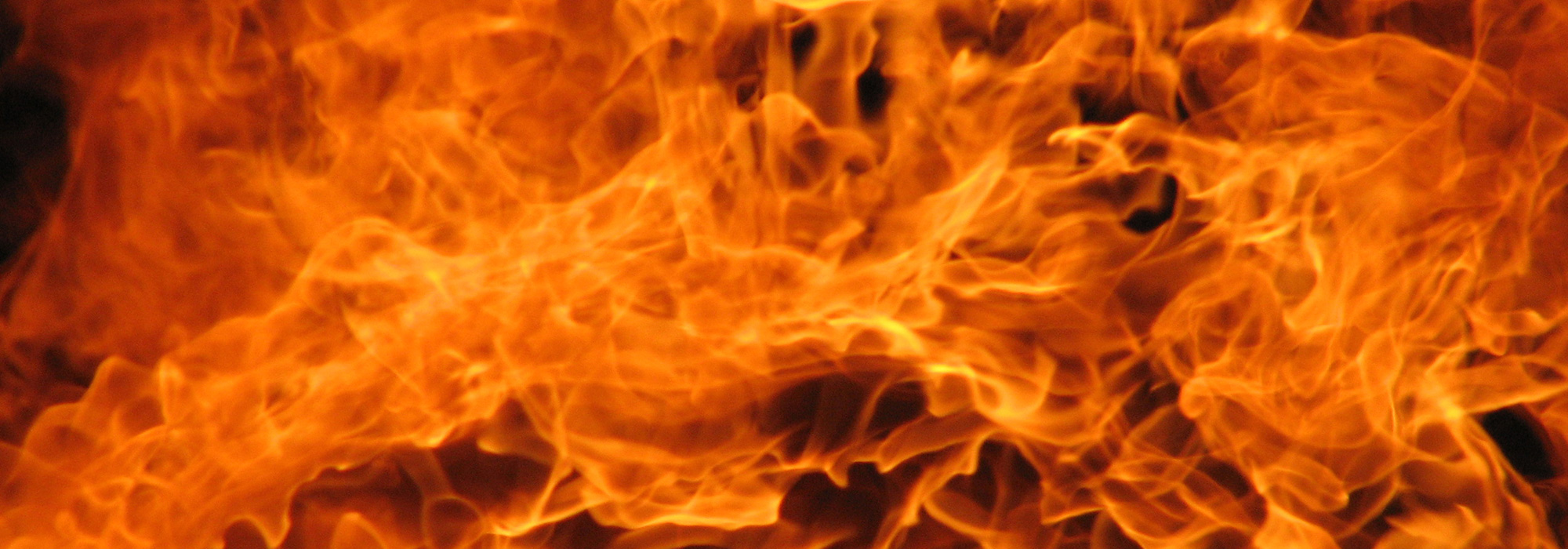
The Symbols of Easter Night
Easter Sunday. Fr Malcolm McMahon preaches for the Easter Vigil.
One of the enduring memories of my childhood was seeing the Wakefield Mystery Plays at Bernard Miles’s famous Mermaid Theatre at Puddle Dock in the City of London, just a stone’s throw from the medieval Blackfriars.
The stage for the plays was built on two levels. The upper part, which was bathed in light, was the place of truth where the great works of God’s glory were acted out. The lower stage was in darkness and it was a place of betrayal and untruth, suffering and death. Of course the irony contained in the conclusion to the play is that after Jesus has been nailed to the cross on the floor of the dark, lower stage, the cross is hauled into an upright position, and as Jesus the Son of Man is lifted up on this instrument of execution it breaks through into the light of the upper level.
In this simple portrayal of the crucifixion of Jesus, we can grasp the heart of the mystery of our redemption: that crucifixion can lead to glorification, that suffering and death leads to resurrection. It is often so hard for us to understand the truths of our redemption. We need to have them acted out before our eyes. Another way to enter into the drama of our redemption is through the symbols and symbolic actions of the sacred Liturgy of Easter Night. We draw heavily on things that resound deeply in our being, once we use symbols that link us directly to our history as the people of God. The events of the Passover had two effects. The Hebrew slaves were freed and made into a nation. So, too, with the followers of Jesus, we are freed from sin and made into a nation: the new people of God. It is as the liberated children of God that we enter into the liturgical drama of this Easter Night.
We begin with fire, from which comes light. Light is a powerful natural symbol that speaks to us of happiness and life. Perhaps this is because light is also an element of creation. Light banishes fear and restores order in the chaos of the night. We all look forward to the long evenings of summer and yearn to feel the warmth of the sun on our backs. Scientists tell us that light banishes depression and makes us feel well and healthy.
Darkness on the other hand is no friend, except to the forces of evil. Under cover of night we do the things that we would be ashamed of in the daylight. Not only children are afraid of the dark! Yet God has used the night for his own purposes. The Israelites were led out of captivity during the night. Nicodemus came to see Jesus by night and was given the possibility of another kind of liberation: entry into the kingdom of God.
Christ, the light of the world, on Easter Night, as symbolised by the Easter Candle in the midst of the darkened Church, is praised as the one who is the victor over death. Thus the event of long ago is translated into our present time: where light conquers darkness, something of the resurrection takes place.
Water, too, is an element of creation. We focus on this by consecrating the water that can be a threat, a weapon of death. At one and the same time the waters of the Red Sea liberated the Israelites, but was the means of death by drowning for the pursuing Egyptians. But the living spring means fruitfulness, building oases of life in the middle of the desert. Water speaks to us of resurrection and new life on this Easter Night.
But there is another symbol of a very different kind that takes pride of place this Easter night: the sung Alleluia. The human voice as well as crying, groaning, lamenting, speaking, can also sing. This gives us great hope as we marvel at the way the voices of creation are transformed into harmony. It is not an idle longing for something better, but a real anticipation of that which is to come. It shows us that the chaos of Babel is overcome and that it is possible to sing in harmony: different voices fitting together to make a beautiful sound. Individuality is retained, as the singers unite in one tune, one song. Moreover, the Alleluia doesn’t just introduce the Good News of Jesus’ resurrection: it also signifies how we can become one in the resurrected Christ. And that, of course, is the whole point of Jesus’ resurrection: that we may have life and have it to the full.
Happy Easter, alleluia, alleluia!!


